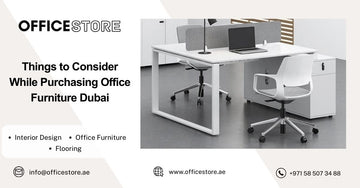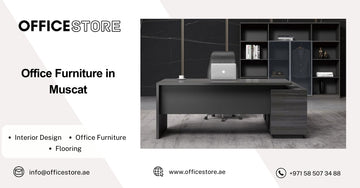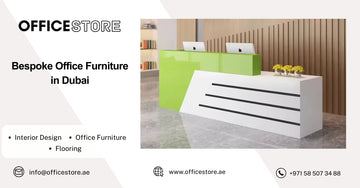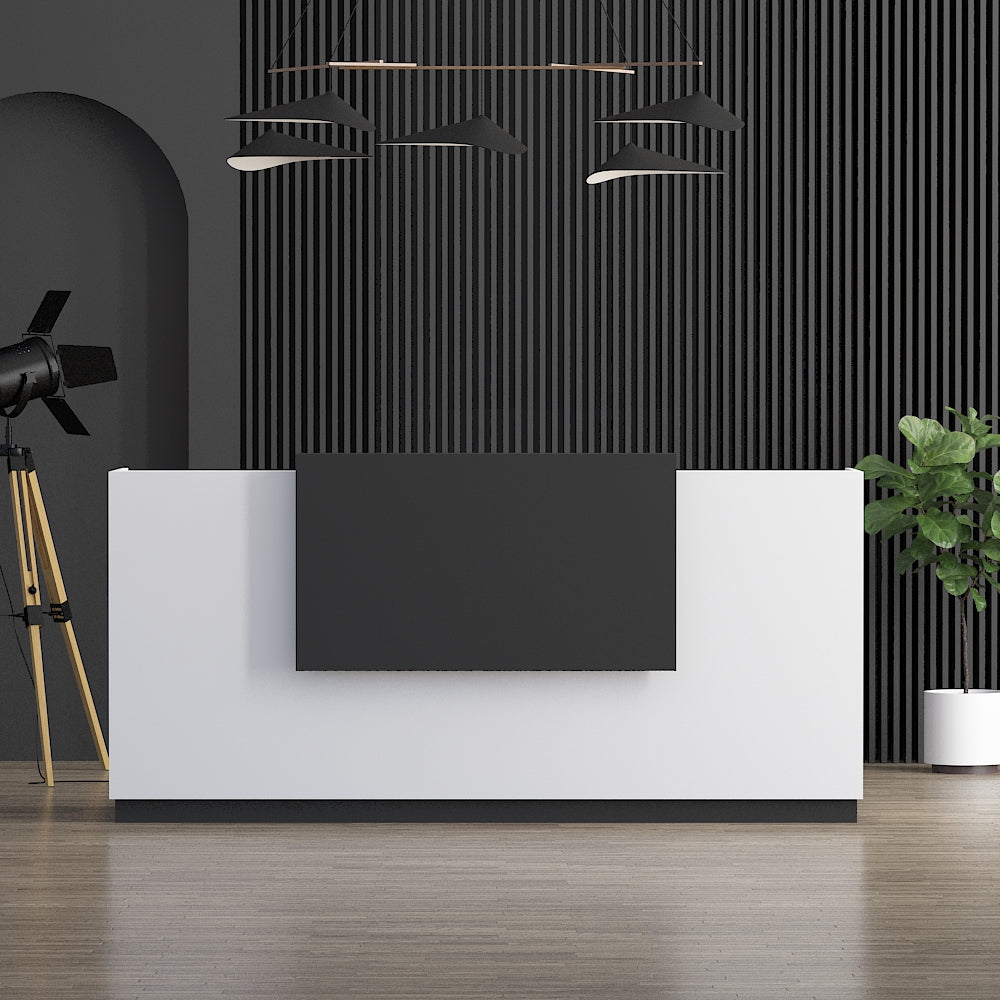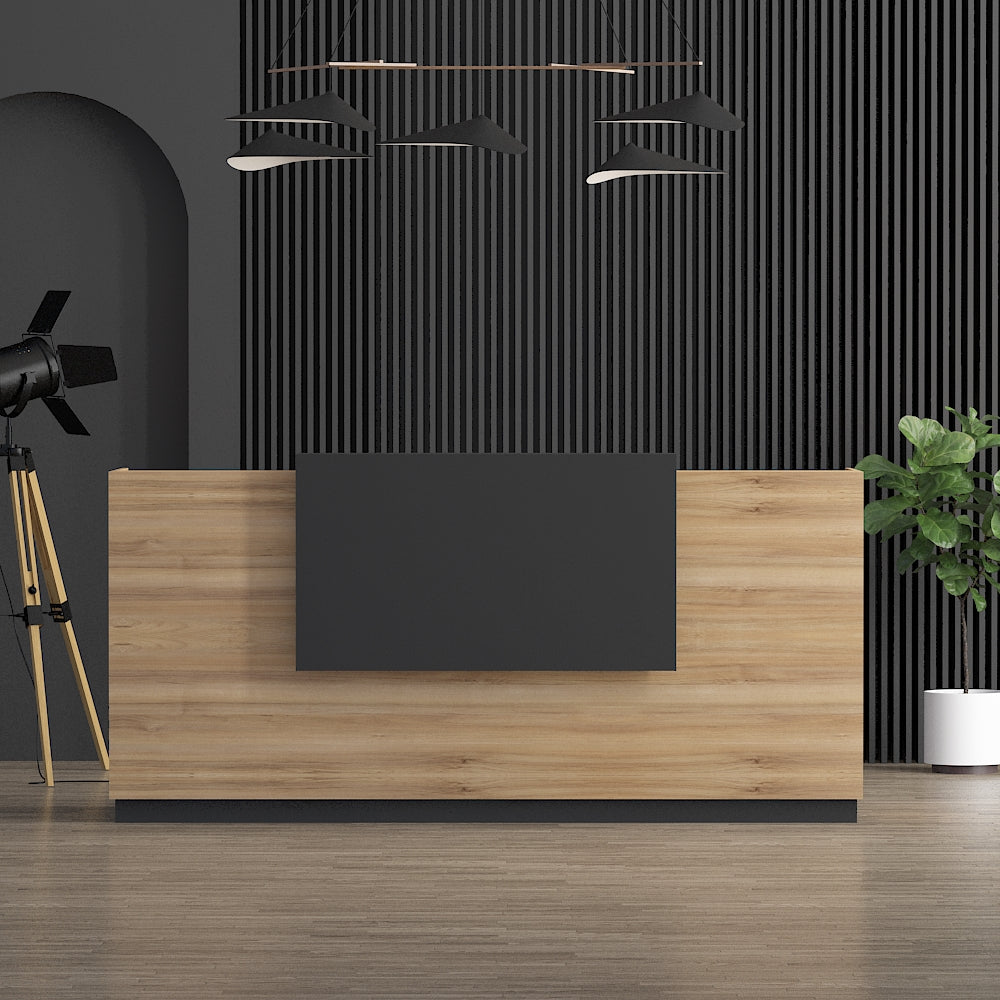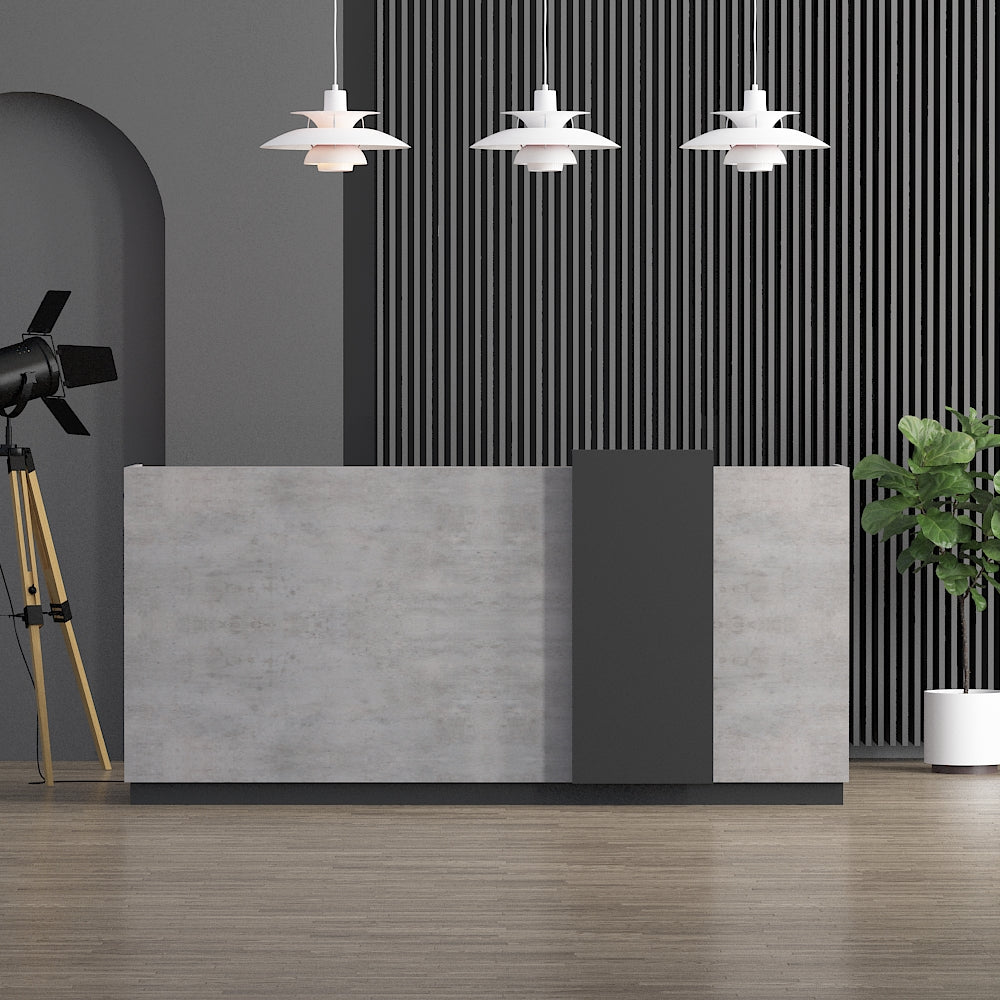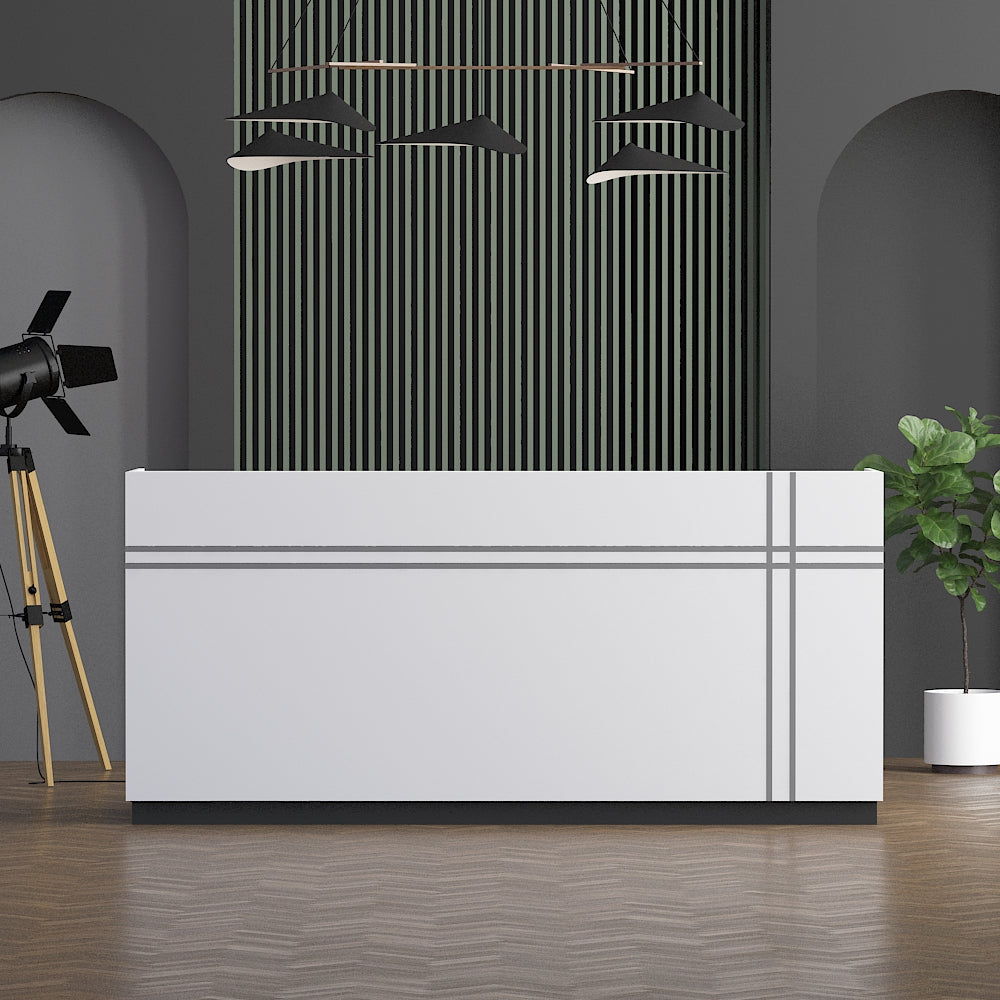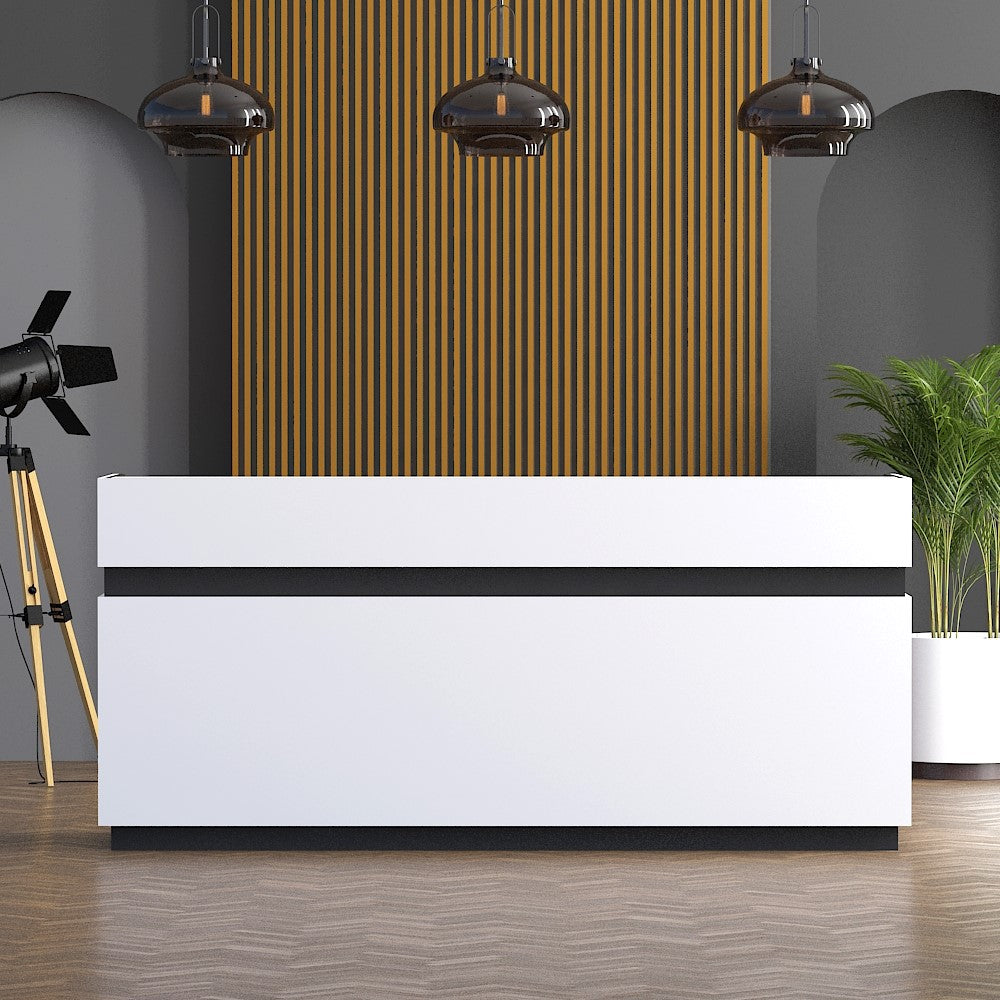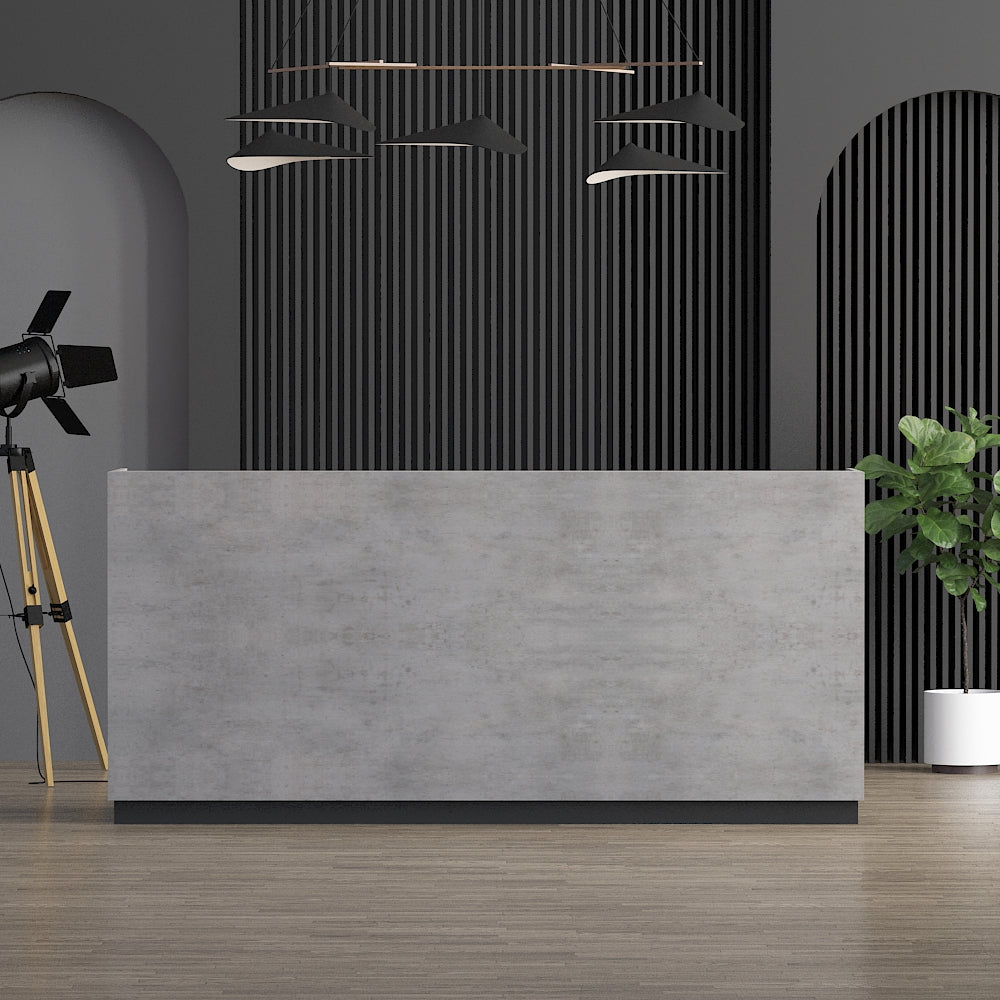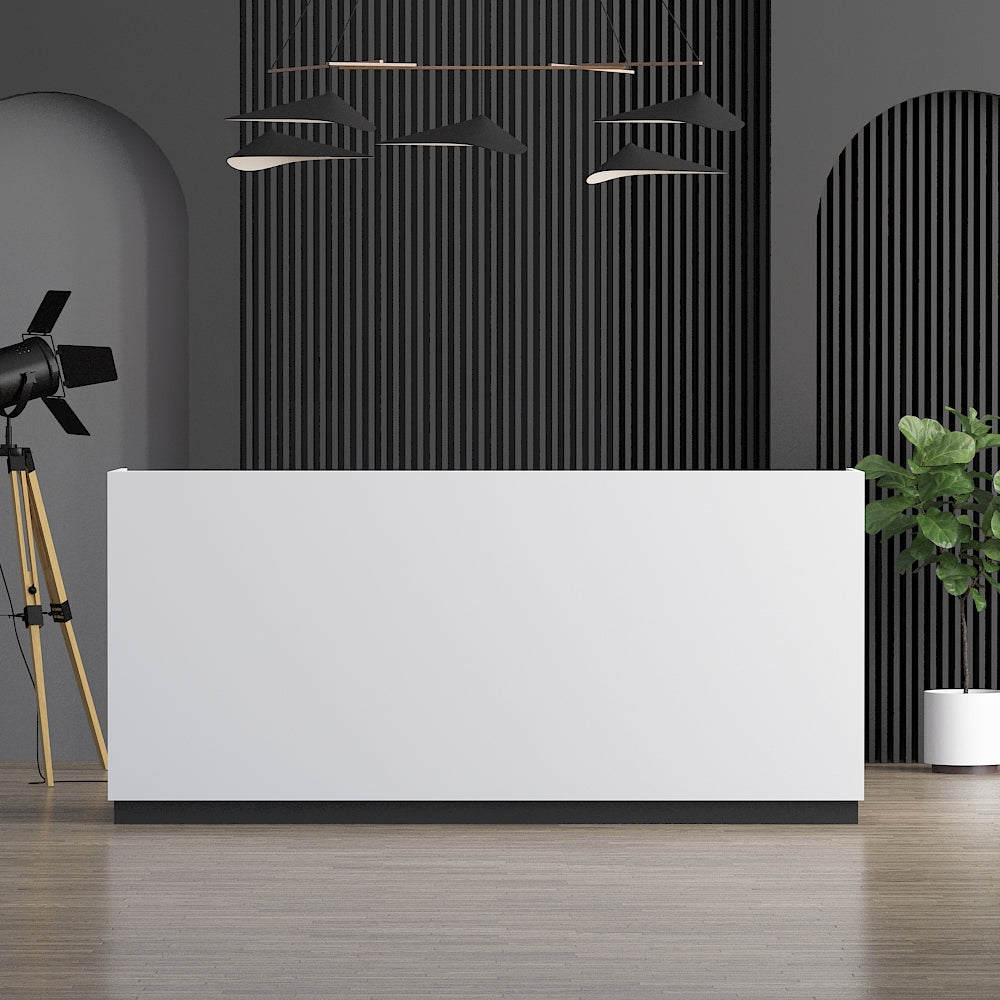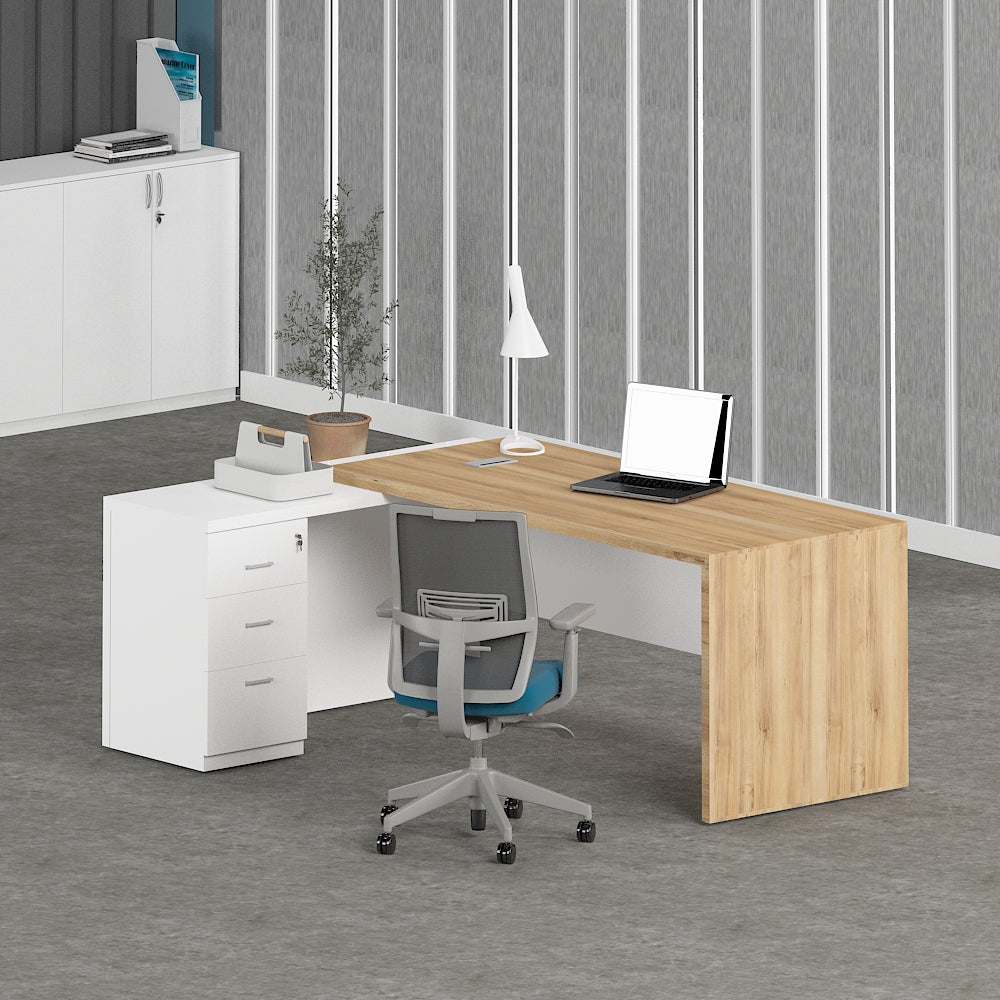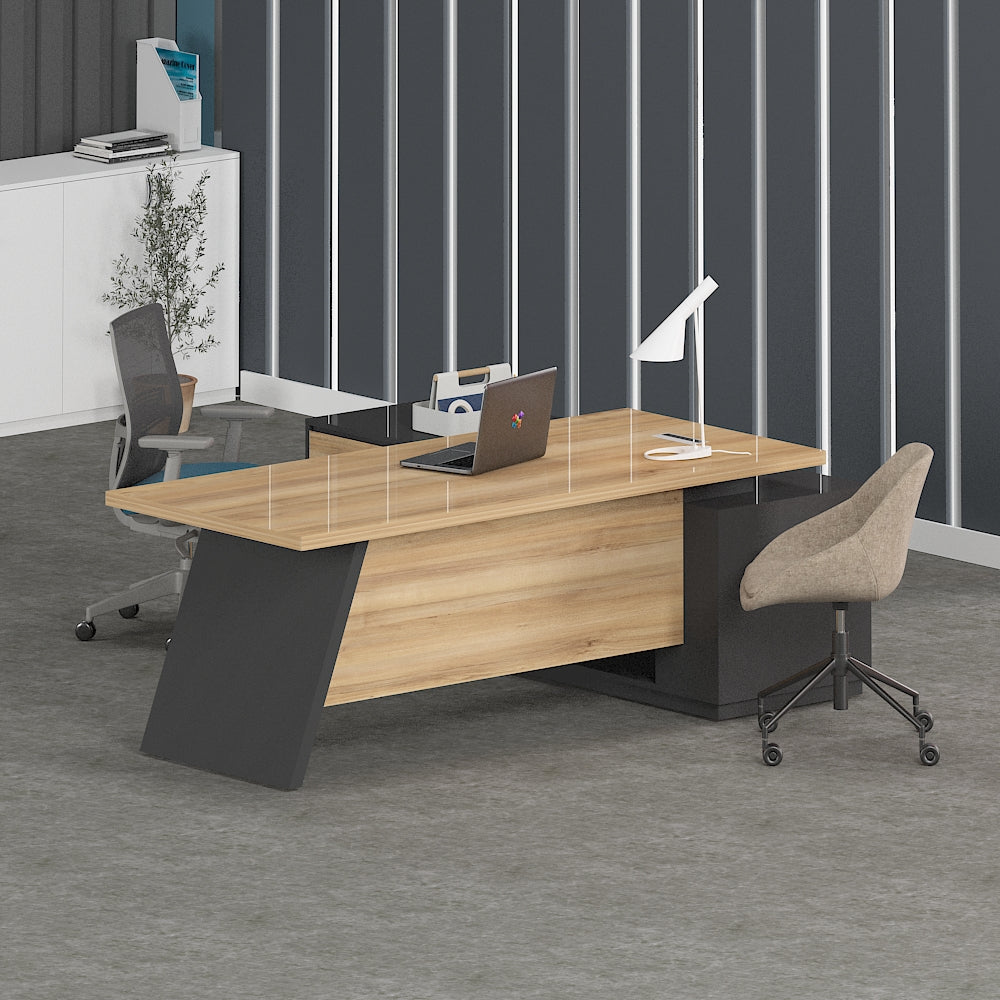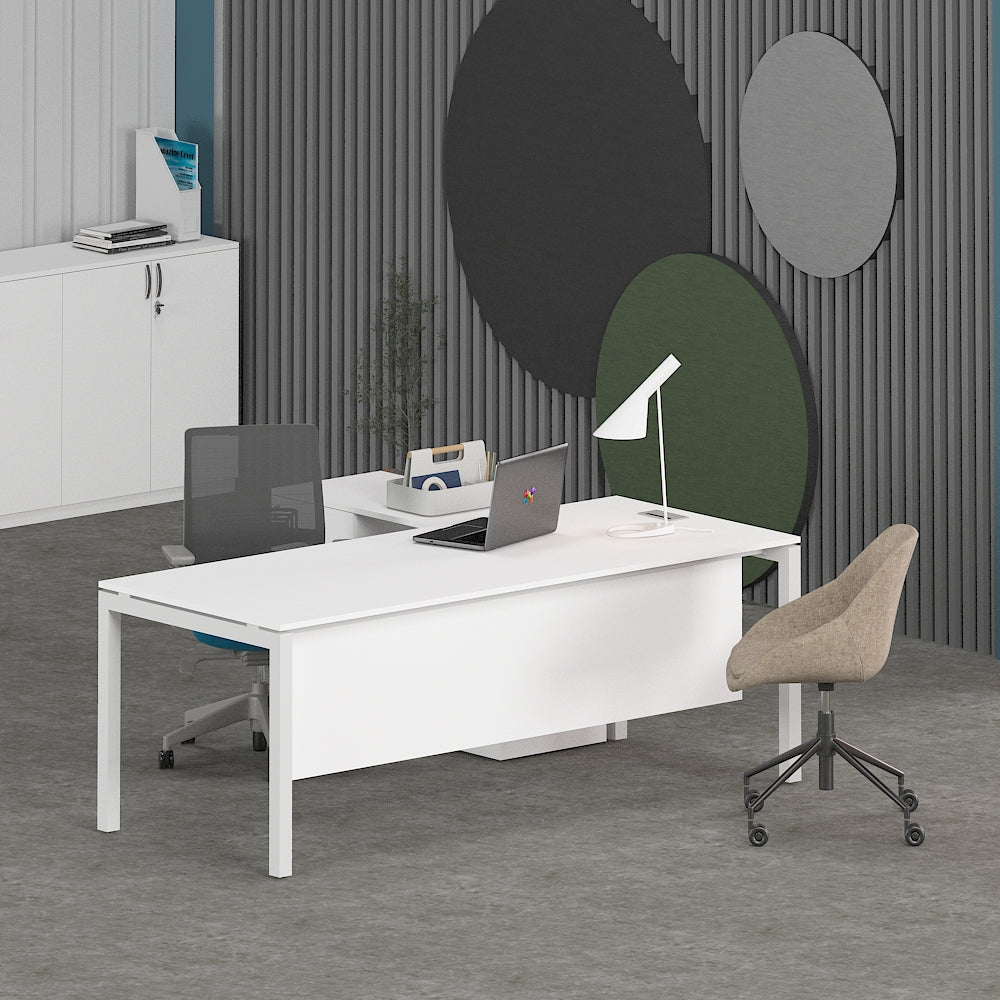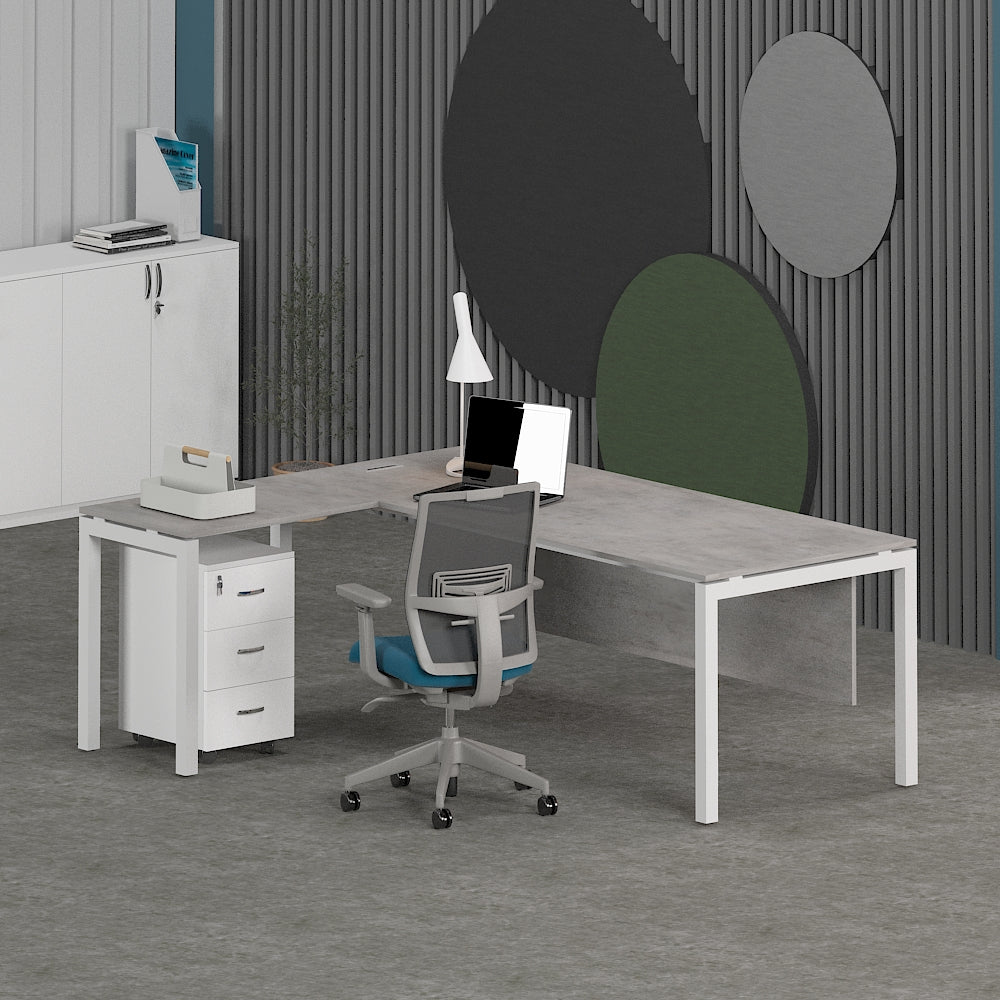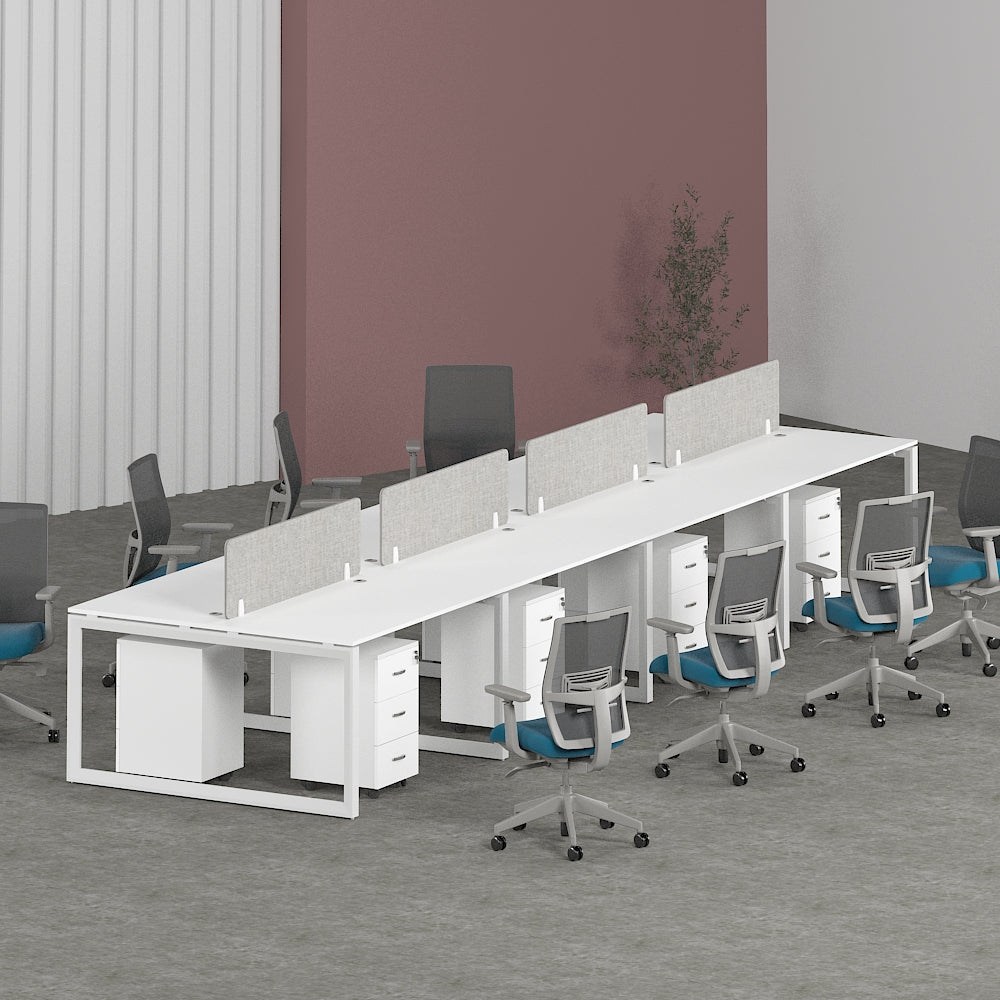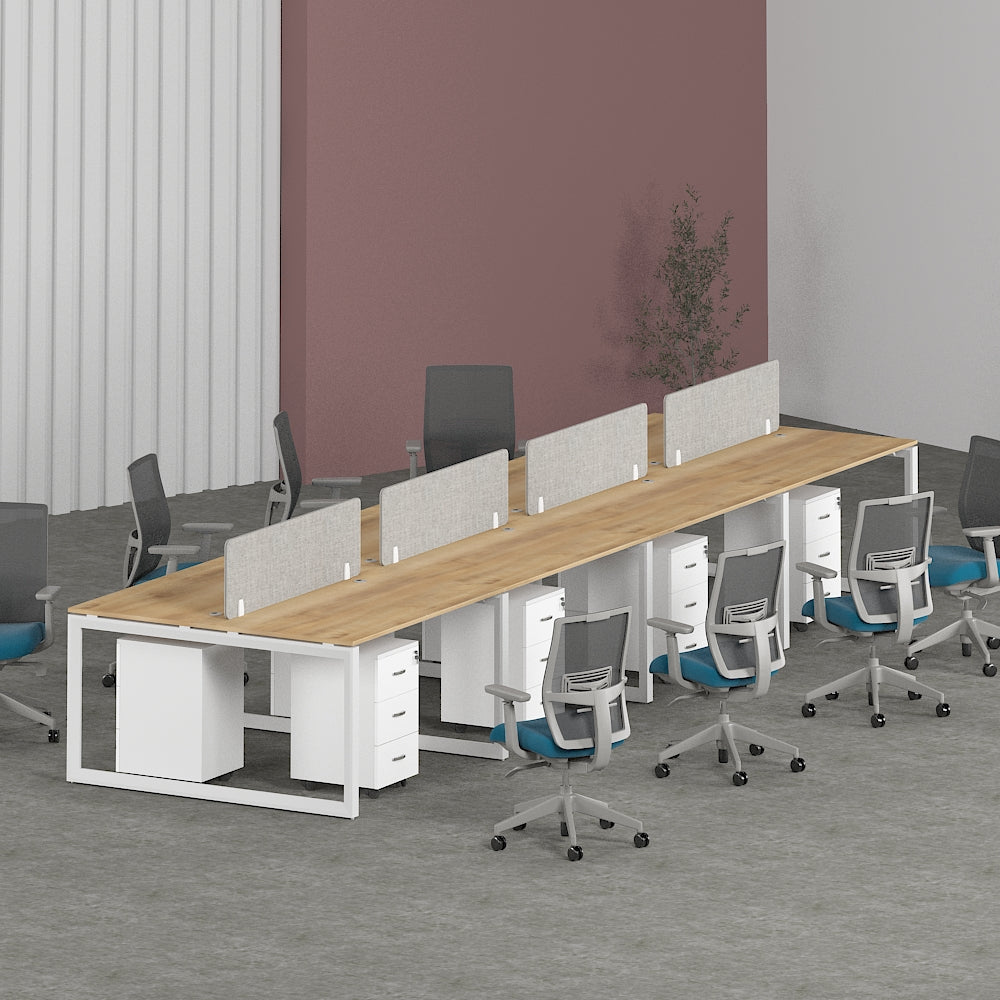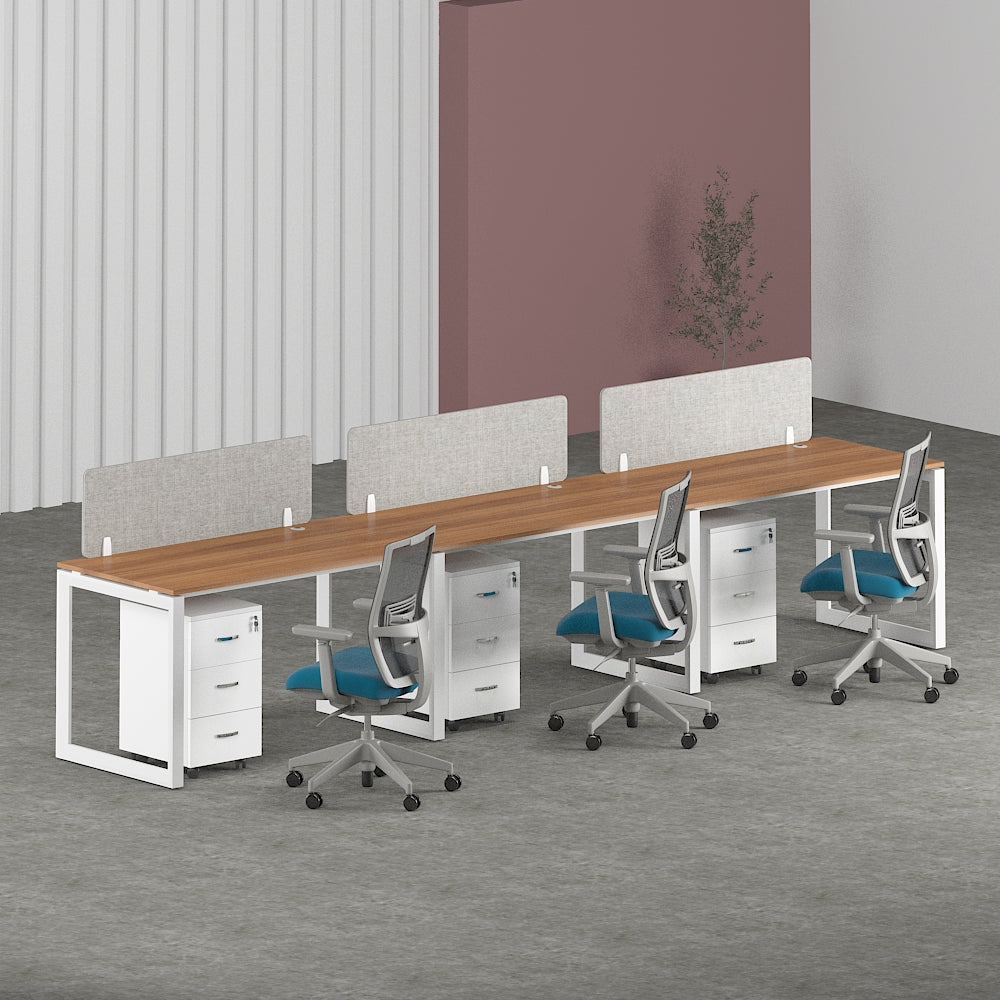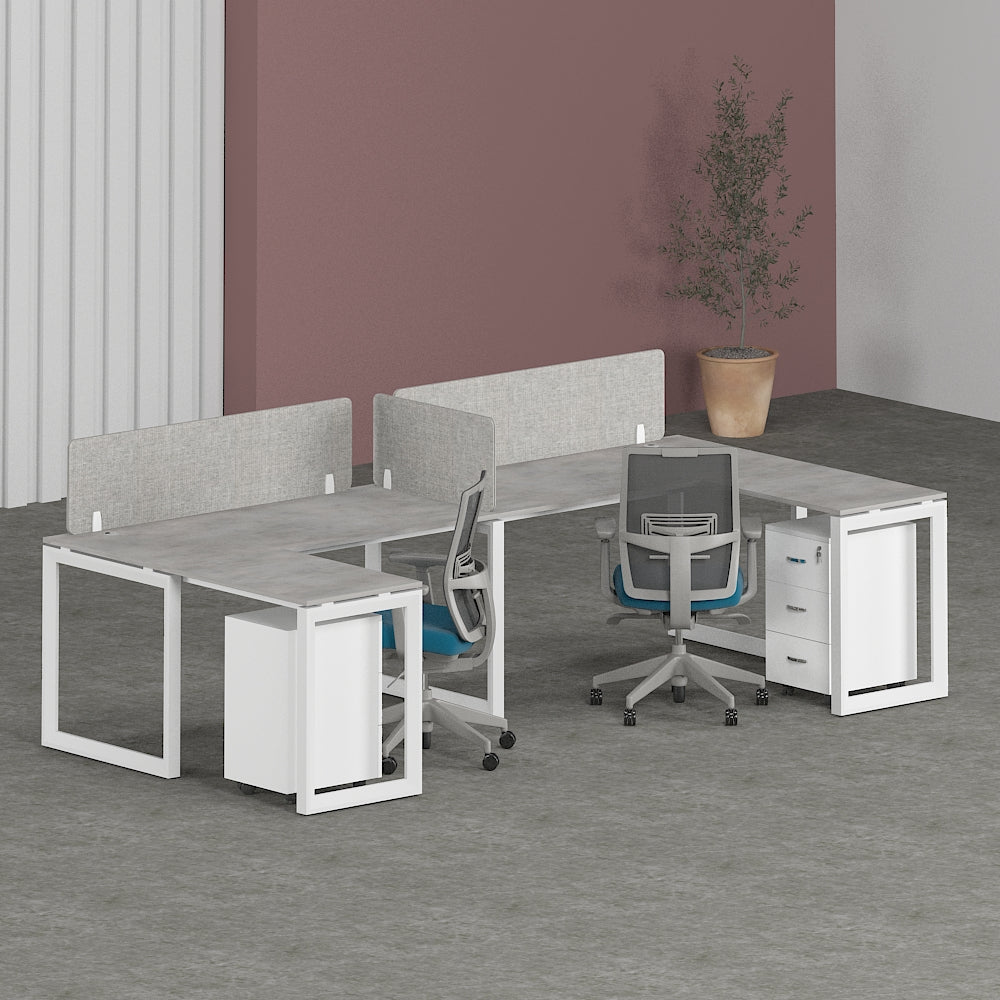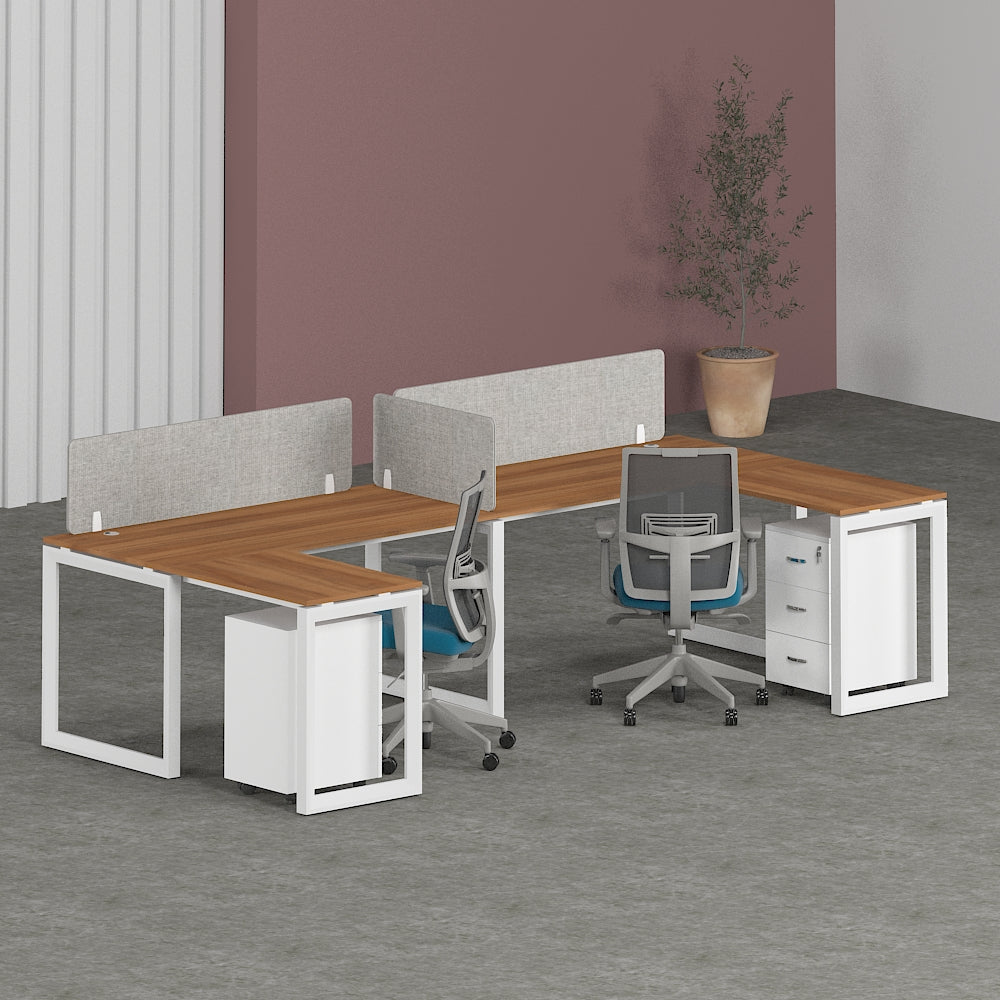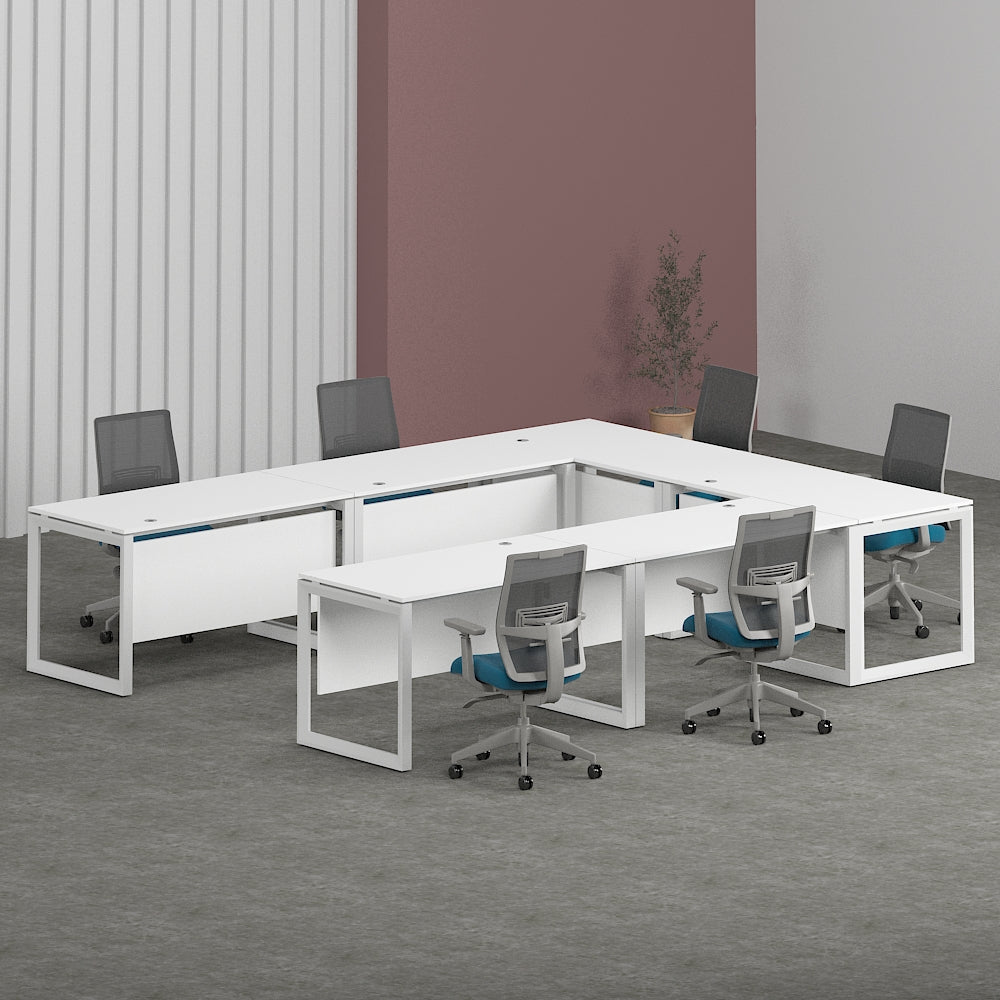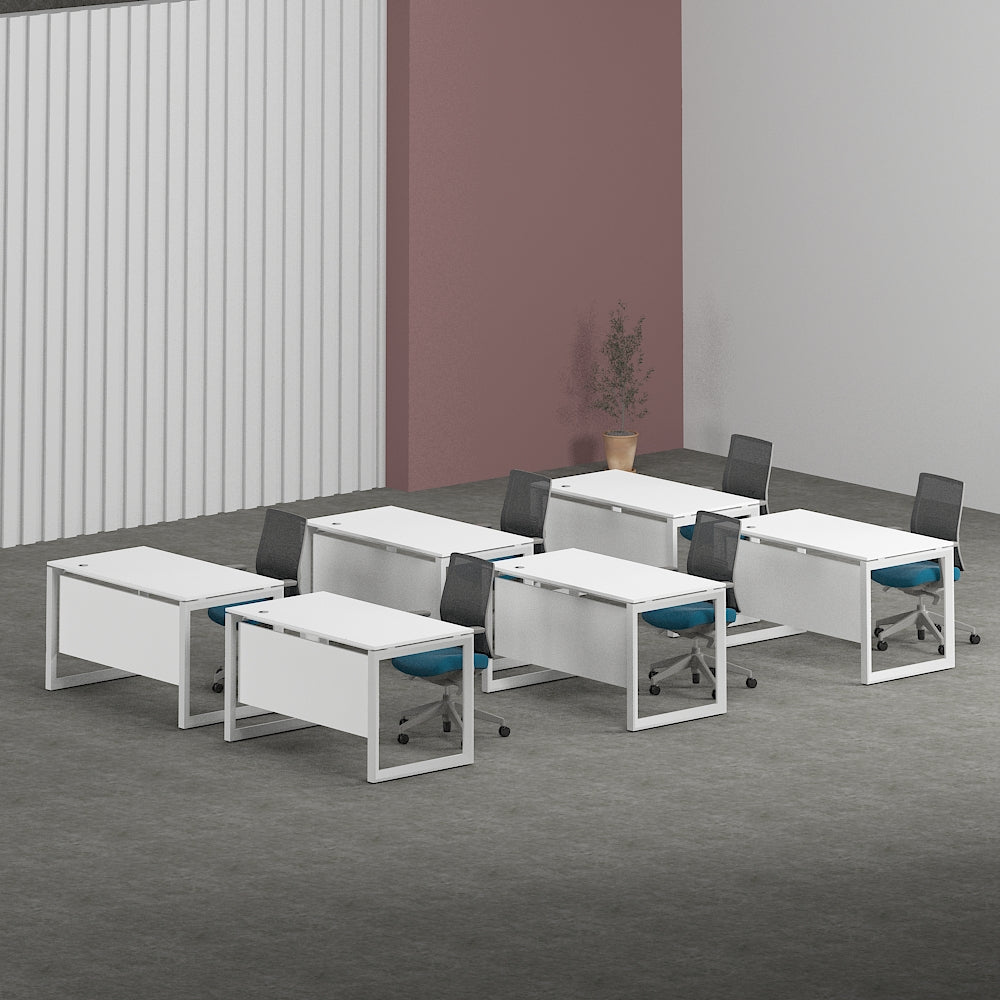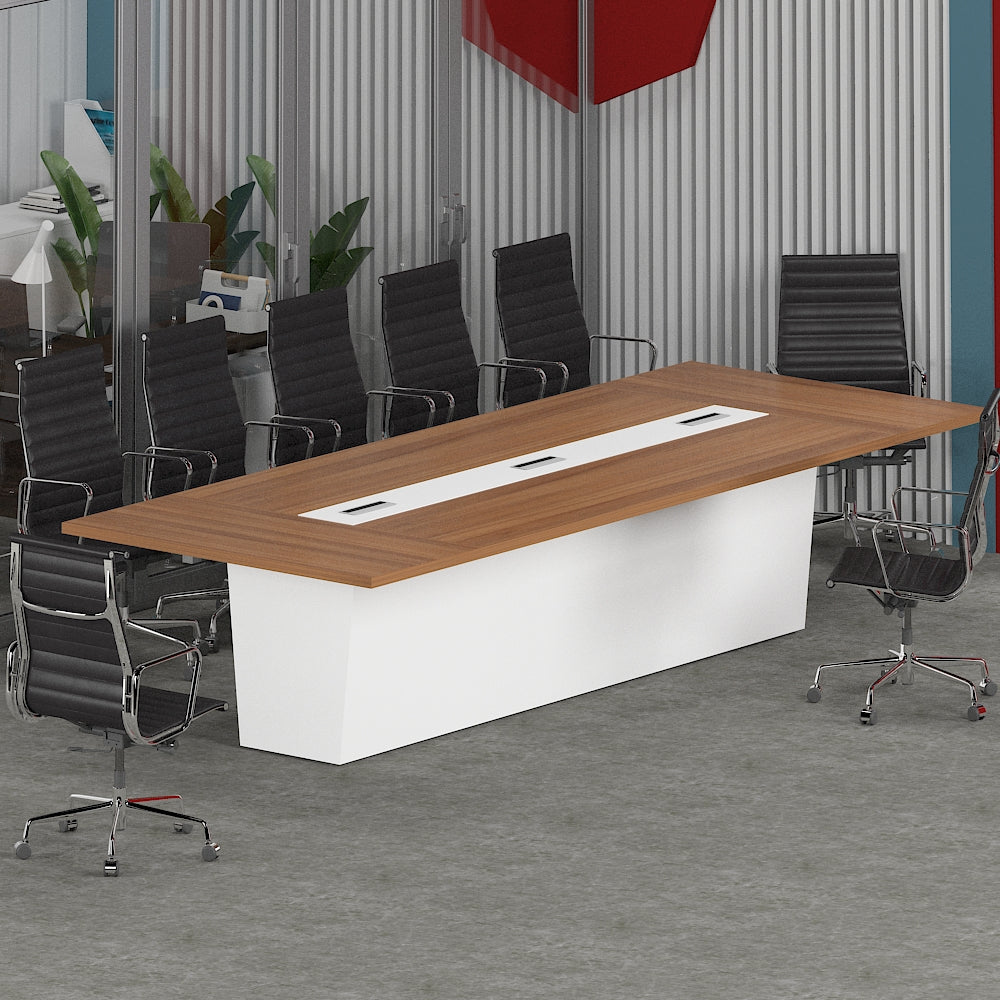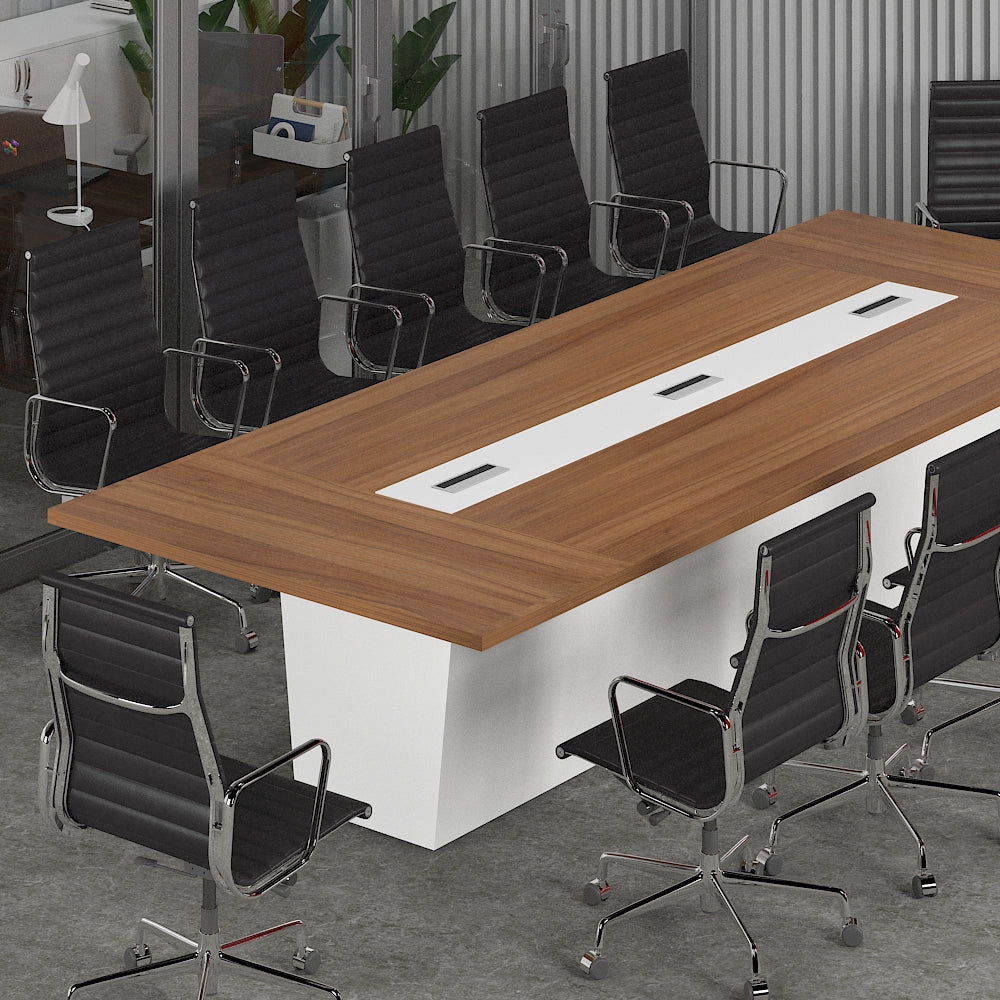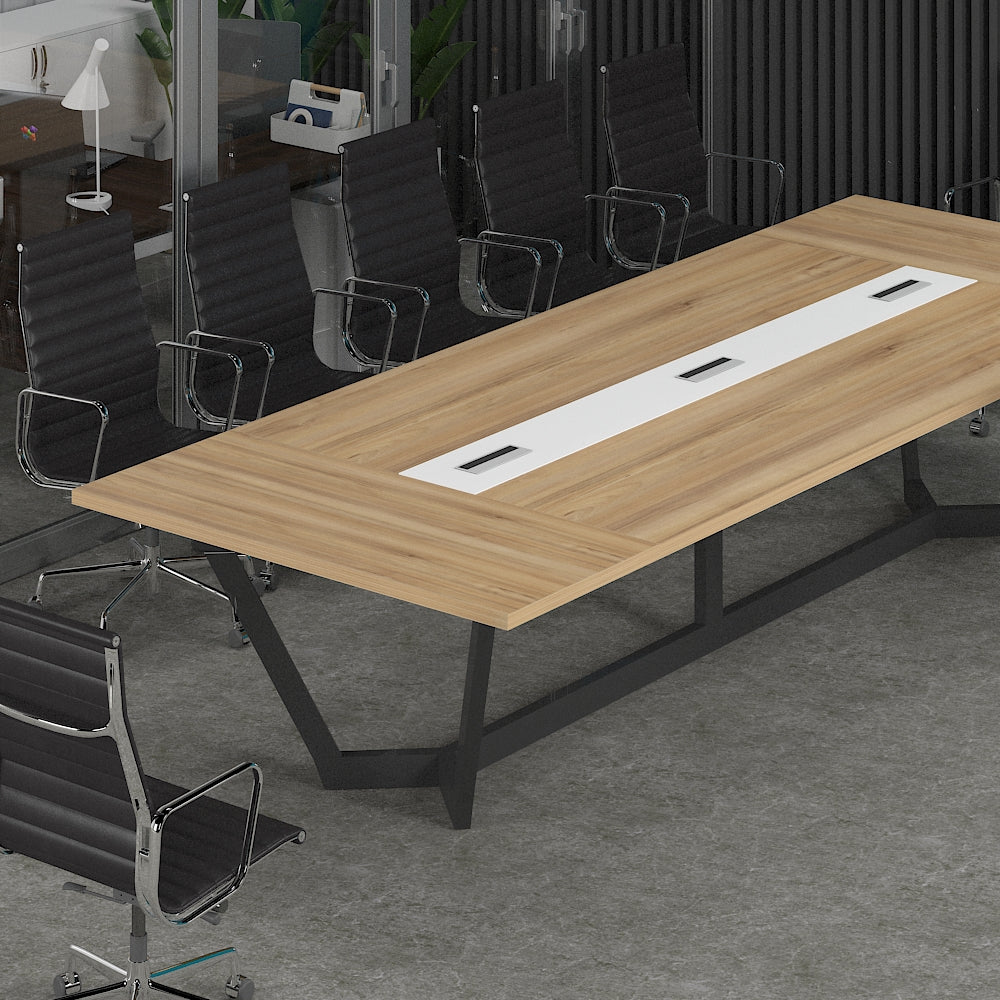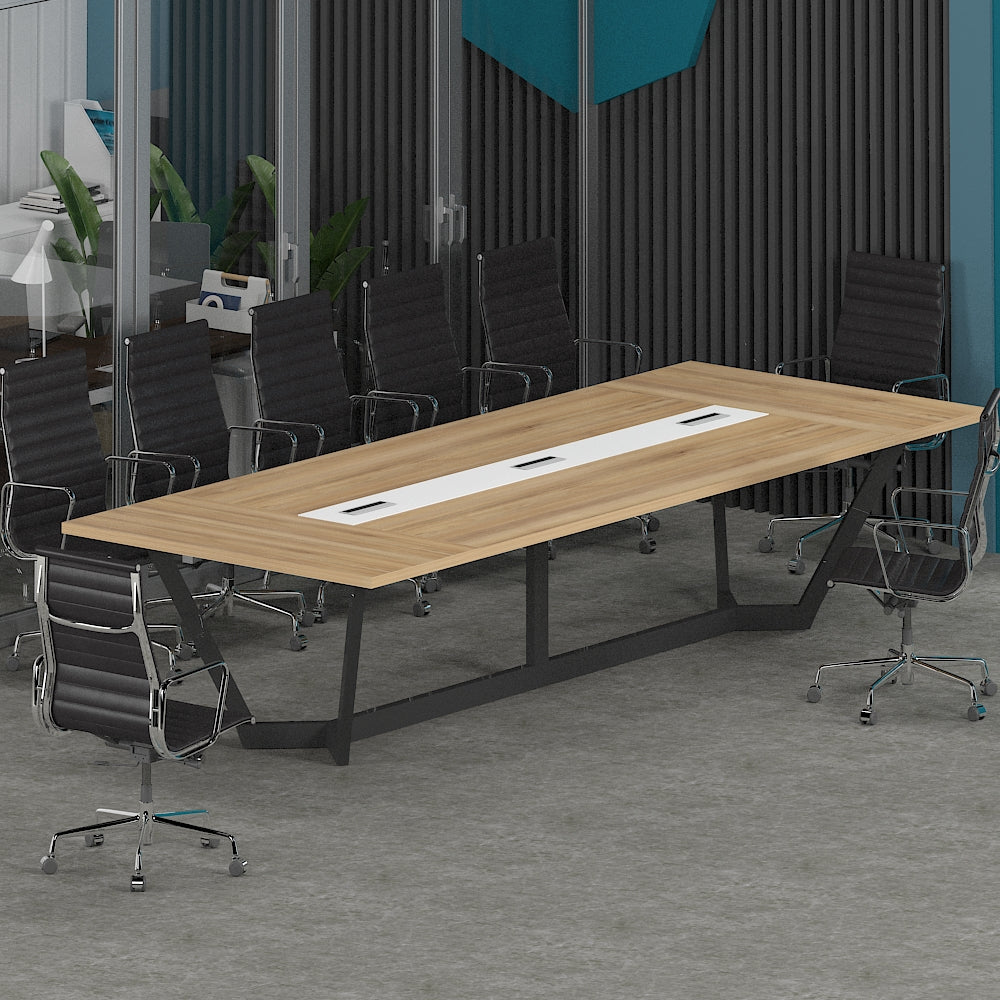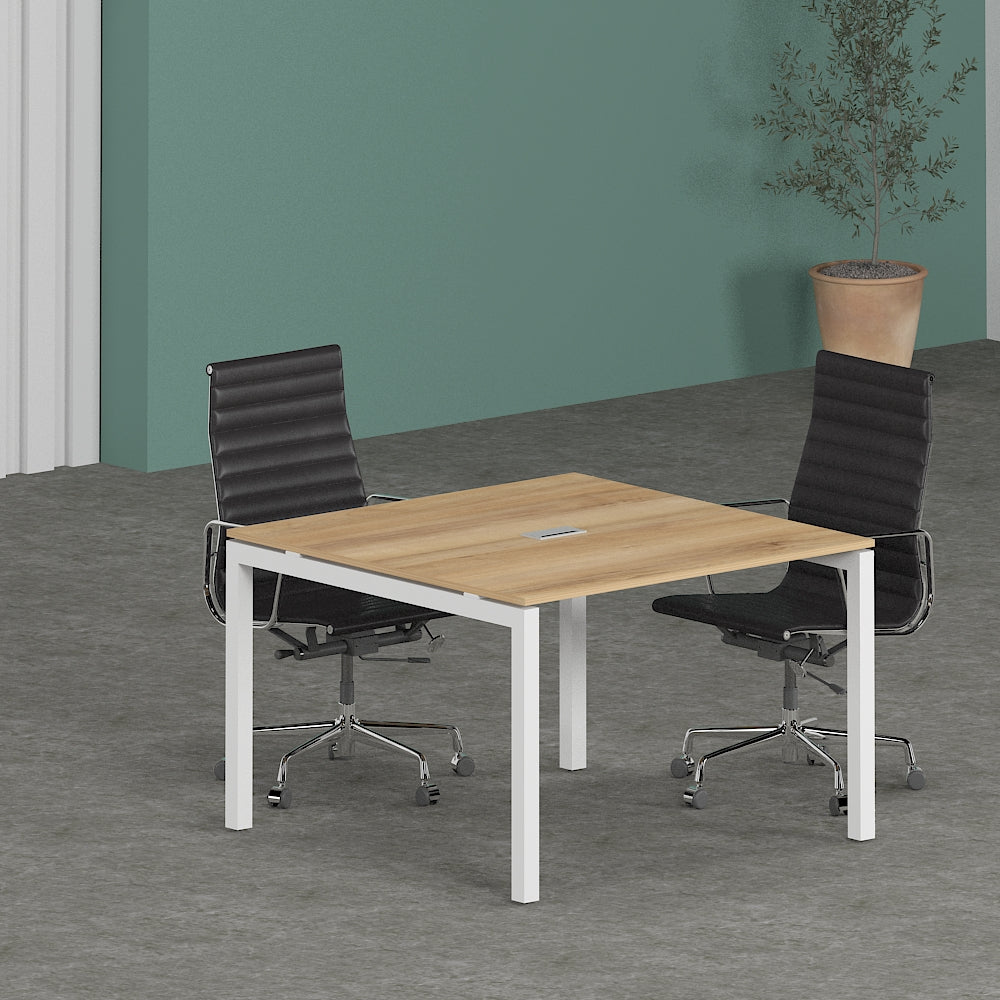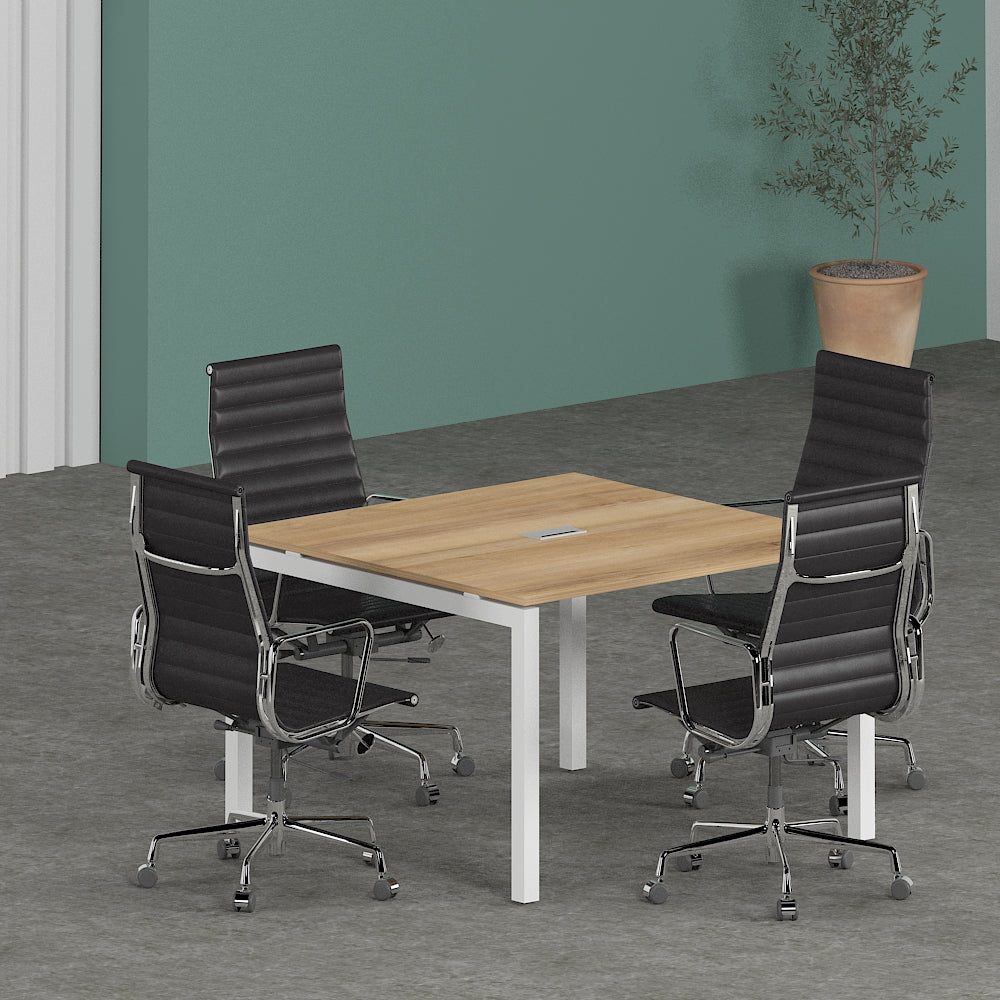Things to Consider While Purchasing Office Furniture Dubai
In today's dynamic business landscape, the importance of office furniture extends beyond mere functionality. It plays a pivotal role in shaping the work environment, enhancing productivity, and reflecting the brand image. Whether you're setting up a new office or revamping an existing one, selecting the right furniture is crucial. Here are some essential factors to consider when purchasing office furniture in Dubai.
Understanding Your Needs
Before diving into the world of office furniture shopping, take a step back to evaluate your needs. Consider the size and layout of your office space, the number of employees, and the nature of your business operations. Are you looking for traditional desks and chairs, or do you need collaborative workstations and ergonomic seating? Understanding your requirements will guide you in making informed purchasing decisions.
Assessing Your Office Space Requirements
Measure the dimensions of your office space to determine the amount of furniture you can accommodate. Consider factors such as walkways, storage areas, and communal spaces. This will help you avoid overcrowding and ensure a comfortable working environment for your employees.
Determining the Type of Furniture Needed
Different departments may require different types of furniture based on their functions. For example, a creative team might benefit from flexible workstations and collaborative seating arrangements, while the finance department may prioritize ergonomic chairs and sturdy desks. Tailor your furniture selection to meet the specific needs of each department.
Ergonomics Matter
Investing in ergonomic furniture is paramount to the health and well-being of your employees. Ergonomic chairs and desks are designed to support proper posture and reduce the risk of musculoskeletal disorders. When selecting office furniture, prioritize comfort and functionality to promote productivity and employee satisfaction.
Importance of Ergonomic Furniture for Employee Well-being
Sitting for long hours in front of a computer can take a toll on the body, leading to back pain, neck strain, and fatigue. Ergonomic chairs with adjustable lumbar support, armrests, and seat height can help alleviate discomfort and prevent work-related injuries. Similarly, height-adjustable desks enable employees to switch between sitting and standing positions, promoting better circulation and reducing sedentary behavior.
Choosing Ergonomic Chairs and Desks
Look for chairs with breathable mesh backs, contoured seats, and tilt mechanisms for optimal comfort. Adjustable armrests and seat depth allow users to customize their seating position according to their preferences. As for desks, opt for models with adjustable height settings and ample legroom to accommodate different body types and working styles.
Quality and Durability
When it comes to office furniture, quality and durability should never be compromised. Investing in high-quality furniture may require a larger upfront investment, but it pays off in the long run with improved performance and longevity. Consider the following factors when evaluating the quality of office furniture.
Investing in High-quality Furniture for Longevity
Quality furniture is built to withstand the rigors of daily use and maintain its structural integrity over time. Look for pieces made from durable materials such as solid wood, steel, or high-grade laminate. Avoid furniture with flimsy construction or cheap veneers that are prone to damage and deterioration.
Materials to Look for and Avoid
Opt for furniture made from sustainable and eco-friendly materials that are responsibly sourced and manufactured. Hardwoods like oak, maple, and cherry are known for their strength and durability, while steel frames provide stability and support. Avoid furniture made from particleboard or MDF (medium-density fiberboard), as they tend to warp and break easily under pressure.
Aesthetics and Brand Image
Office furniture serves as a reflection of your company's brand identity and corporate culture. Choose pieces that resonate with your brand values and create a positive impression on clients, visitors, and employees alike. Strike a balance between aesthetics and functionality to create a workspace that inspires creativity and fosters collaboration.
Reflecting Your Company's Brand Through Furniture Choices
Consider the overall design aesthetic of your office space and select furniture that complements the existing decor. Whether you prefer a minimalist, contemporary, or traditional style, choose pieces that convey professionalism and sophistication. Customizable options allow you to incorporate brand colors, logos, and motifs into the furniture design, reinforcing brand recognition and unity.
Balancing Aesthetics with Functionality
While aesthetics are important, don't overlook the functional aspects of office furniture. Prioritize comfort, versatility, and practicality to ensure a conducive work environment for your employees. Modular furniture systems offer flexibility and scalability, allowing you to adapt to changing business needs without sacrificing style or efficiency.
Space Optimization
Maximizing space efficiency is essential, especially in compact office environments where every square foot counts. Careful planning and strategic furniture placement can help optimize your office layout and create a more functional and visually appealing workspace.
Maximizing Space Efficiency with the Right Furniture Layout
Consider the flow of traffic within your office space and arrange furniture in a way that minimizes congestion and promotes smooth movement. Open-concept layouts encourage collaboration and communication among team members, while private workstations provide privacy and focus when needed. Experiment with different furniture arrangements to find the optimal layout for your office.
Incorporating Storage Solutions
Clutter can impede productivity and create a chaotic work environment. Invest in multifunctional furniture pieces with built-in storage solutions to keep your office organized and clutter-free. File cabinets, bookcases, and storage ottomans offer ample storage space for documents, supplies, and personal belongings, helping you maintain a tidy and efficient workspace.
Budget Considerations
Setting a realistic budget is essential when purchasing office furniture, especially for small businesses and startups with limited financial resources. While it's tempting to splurge on high-end designer furniture, it's important to prioritize functionality and value for money.
Setting a Realistic Budget
Determine how much you're willing to spend on office furniture and allocate your budget accordingly. Consider factors such as the size of your office space, the number of employees, and the quality of furniture needed. Look for cost-effective options that offer a good balance of quality and affordability, and don't forget to account for additional expenses such as delivery and installation fees.
Finding Cost-effective Options Without Compromising Quality
You don't have to break the bank to furnish your office with high-quality furniture. Shop around for competitive prices, compare quotes from different suppliers, and take advantage of seasonal sales and promotions. Consider purchasing pre-owned or refurbished furniture to save money without sacrificing quality. Remember that investing in durable furniture upfront can save you money on replacement and repair costs down the line.
Supplier Selection
Choosing the right office furniture supplier is crucial to ensuring a smooth and satisfactory purchasing experience. Research reputable suppliers in Dubai who offer a wide range of furniture options, competitive pricing, and reliable customer service.
Researching Reputable Office Furniture Suppliers in Dubai
Browse online reviews and testimonials to gauge the reputation and reliability of potential suppliers. Look for suppliers with a proven track record of delivering quality products and excellent customer service. Check if they offer warranties, return policies, and after-sales support to safeguard your investment and address any issues that may arise.
Reading Reviews and Testimonials
Feedback from previous customers can provide valuable insights into the quality of products and services offered by a supplier. Pay attention to reviews regarding product quality, delivery times, and customer support to make an informed decision. Don't hesitate to reach out to the supplier directly if you have any questions or concerns.
Customization Options
Every office is unique, and your furniture should reflect your individual needs and preferences. Explore customization options to personalize your furniture and create a bespoke workspace that aligns with your brand identity and corporate culture.
Customizing Furniture to Fit Specific Needs
Customize furniture pieces to meet the specific requirements of your office space and employees. Choose fabrics, finishes, and colors that complement your brand aesthetic and enhance the overall design scheme. Tailor the dimensions and configurations of furniture to maximize functionality and optimize space utilization.
Tailoring Designs to Match Branding or Office Theme
Incorporate branding elements such as logos, colors, and typography into the design of your furniture for a cohesive and professional look. Custom signage, decals, and upholstery can reinforce brand recognition and create a unified brand experience for employees and visitors alike. Consider consulting with a professional designer or interior decorator to create a customized furniture plan that reflects your brand personality and vision.
Environmental Impact
As sustainability becomes increasingly important in today's business landscape, consider the environmental impact of your office furniture choices. Opt for eco-friendly options made from renewable materials and manufactured using sustainable practices.
Considering Eco-friendly Furniture Options
Choose furniture made from responsibly sourced materials such as FSC-certified wood, recycled metal, and low-emission adhesives. Look for products that have been certified by reputable third-party organizations such as GREENGUARD or Cradle to Cradle to ensure they meet stringent environmental and health standards. By investing in eco-friendly furniture, you can reduce your carbon footprint and contribute to a healthier planet for future generations.
Sustainable Materials and Manufacturing Practices
Educate yourself about the environmental impact of different materials and manufacturing processes used in the production of office furniture. Avoid furniture made from virgin materials or toxic chemicals that pose harm to human health and the environment. Instead, choose products that prioritize sustainability, durability, and recyclability to minimize waste and conserve natural resources.
Delivery and Installation Services
Navigating the logistics of office furniture delivery and installation can be daunting, especially for first-time buyers. Look for suppliers who offer comprehensive delivery and installation services to streamline the process and ensure a hassle-free experience.
Ensuring Hassle-free Delivery and Installation
Coordinate with your chosen supplier to schedule a convenient delivery date and time that minimizes disruption to your business operations. Confirm the availability of onsite delivery and installation services to save time and effort. Ensure that the delivery team is equipped with the necessary tools and expertise to assemble and install your furniture correctly.
Inquiring About Assembly Services
If you prefer to handle the assembly yourself, inquire about the availability of assembly instructions and support from the supplier. Some suppliers offer assembly services as part of their delivery package, while others may charge an additional fee for assembly assistance. Assess your own DIY skills and schedule availability to determine the most suitable option for your needs.
Warranty and After-Sales Support
Protect your investment by choosing office furniture suppliers that offer comprehensive warranty coverage and reliable after-sales support. A good warranty ensures peace of mind and provides recourse in the event of manufacturing defects or premature wear and tear.
Checking Warranty Coverage and Terms
Read the fine print of the warranty coverage to understand what is included and excluded from the warranty terms. Pay attention to the duration of the warranty, repair or replacement policies, and any conditions or limitations that may apply. Keep copies of your purchase receipt and warranty documents in a safe place for future reference.
Availability of Customer Support for Maintenance and Repairs
Choose suppliers who prioritize customer satisfaction and offer responsive and accessible customer support for maintenance and repairs. Inquire about the procedure for filing warranty claims and the turnaround time for resolving issues. Establish a proactive communication channel with the supplier to address any concerns or inquiries promptly.
Feedback and Reviews
Gather feedback from employees about their experience with the newly purchased office furniture. Encourage open communication and constructive criticism to identify areas for improvement and address any issues that may arise.
Seeking Feedback from Employees
Conduct surveys or hold feedback sessions to gather input from employees about the comfort, functionality, and design of the office furniture. Listen to their feedback attentively and take their suggestions into consideration when planning future furniture purchases or modifications. Creating a supportive and collaborative work environment fosters employee engagement and loyalty.
Leaving Reviews for the Purchased Furniture
Share your experience with the purchased furniture by leaving reviews on the supplier's website or third-party review platforms. Provide detailed feedback about the product quality, delivery process, and customer service to help other buyers make informed decisions. Positive reviews can also boost the supplier's reputation and credibility in the market.
Future Expansion and Flexibility
Anticipate future growth and scalability when selecting office furniture to avoid the hassle of frequent replacements or upgrades. Choose modular and versatile furniture solutions that can adapt to changing business needs and accommodate evolving work patterns.
Planning for Future Growth and Scalability
Consider factors such as employee headcount, departmental expansion, and technological advancements when planning your furniture layout. Invest in furniture systems that offer flexibility and modularity, allowing you to reconfigure your workspace easily as your business grows. Look for expandable options such as modular desks, stackable chairs, and mobile storage units that can be scaled up or down as needed.
Choosing Furniture That Allows for Easy Reconfiguration
Flexibility is key in a dynamic work environment where requirements are constantly evolving. Select furniture pieces that can be reconfigured or repurposed to accommodate changing workflows and spatial arrangements. Invest in movable partitions, adjustable-height desks, and modular storage units that can be rearranged to create collaborative zones, private work areas, or meeting spaces on demand.
Conclusion
Purchasing office furniture in Dubai requires careful consideration and planning to ensure a productive and aesthetically pleasing workspace. By understanding your needs, prioritizing ergonomics, investing in quality and durability, and considering factors such as aesthetics, space optimization, budget, and sustainability, you can create a conducive work environment that enhances employee well-being and reflects your company's brand image. Choose reputable suppliers who offer customizable options, comprehensive warranty coverage, and reliable after-sales support to maximize the value of your investment.
FAQs (Frequently Asked Questions)
1. Is it better to buy office furniture in bulk?
Buying office furniture in bulk can help you negotiate better prices and streamline the purchasing process, especially if you're setting up a large office or undergoing a major renovation. However, make sure to assess your actual needs and space constraints before committing to bulk purchases to avoid overspending or overstocking.
2. How often should office furniture be replaced?
The lifespan of office furniture depends on various factors such as quality, usage, maintenance, and technological advancements. Generally, high-quality furniture can last anywhere from 5 to 10 years or more with proper care and maintenance. Consider replacing furniture when it shows signs of wear and tear, becomes outdated, or no longer meets the needs of your business.
3. Are there any tax benefits associated with purchasing office furniture?
In some cases, businesses may be eligible for tax deductions or depreciation allowances for office furniture purchases as part of their operating expenses. Consult with a tax professional or accountant to understand the specific tax implications and benefits applicable to your business based on local regulations and tax laws.
4. What are the most common mistakes to avoid when buying office furniture?
Some common mistakes to avoid when buying office furniture include overlooking ergonomics, neglecting employee input, prioritizing aesthetics over functionality, underestimating space requirements, and failing to research suppliers thoroughly. Take the time to assess your needs, compare options, and seek input from stakeholders to make informed decisions.
5. Can office furniture affect employee productivity?
Yes, office furniture can have a significant impact on employee productivity, comfort, and morale. Ergonomic furniture promotes proper posture and reduces the risk of musculoskeletal injuries, leading to fewer sick days and increased productivity. Comfortable and well-designed furniture also contributes to a positive work environment, fostering creativity, collaboration, and job satisfaction among employees.
